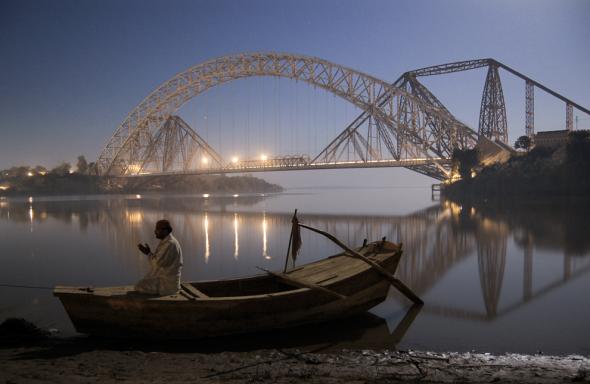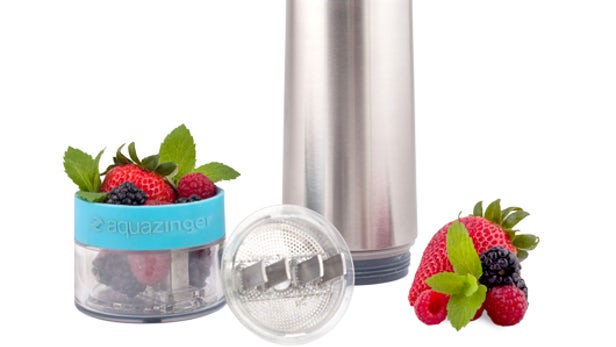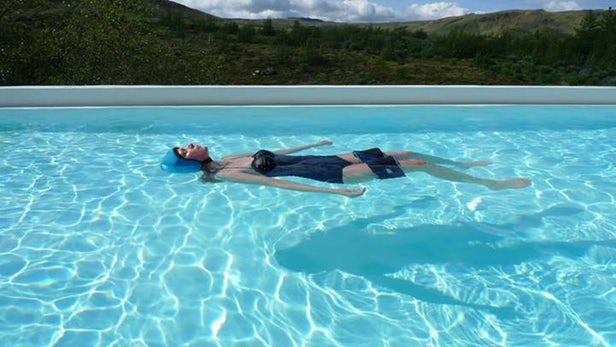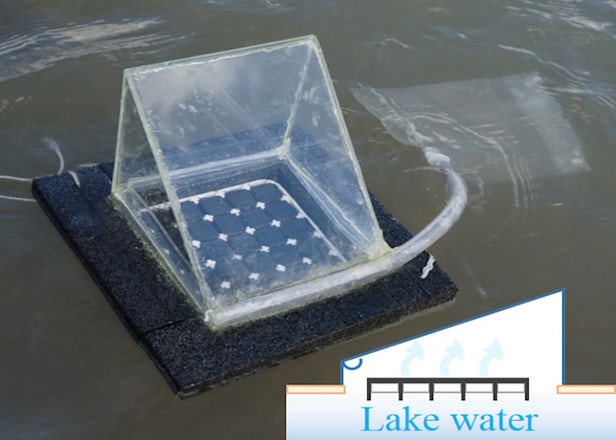With climate change predicted to increase the severity and frequency of drought events in many part of the world, water conservation is a growing concern. New water retention technology developed at Michigan State University (MSU) could help quench the thirst of parched crops while using less water, not only enabling crops to better deal with drought, but also improving crop yields in marginal areas.
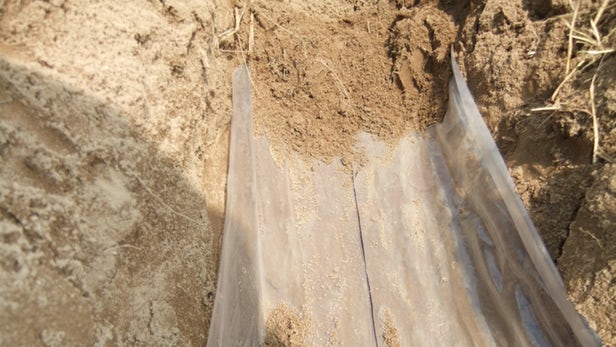 Coarse, sandy soils found in semi-arid and arid regions have large pores that absorb large quantities of rainfall. However, they retain less than 20 percent of the water in the root zone that sits between the surface and depths of 60 to 70 centimeters (24 to 27 inches), leaching losses of nutrients and other chemicals into ground water as the water drains away. Read more
Coarse, sandy soils found in semi-arid and arid regions have large pores that absorb large quantities of rainfall. However, they retain less than 20 percent of the water in the root zone that sits between the surface and depths of 60 to 70 centimeters (24 to 27 inches), leaching losses of nutrients and other chemicals into ground water as the water drains away. Read more







